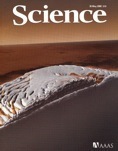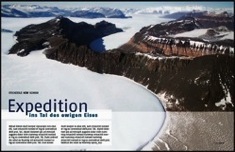Adam Lewis teaches and conducts research in glacial geology and long-term climate change. His research focuses on the growth of the East Antarctic Ice Sheet and its influence on global climate evolution. A current project centers on a collection of ancient lake beds that hold an exceptionally well-preserved fossil assemblage of tundra plants and animals, none of which are found on the continent today. Adam and Dr. Jane Willenbring discovered the fossil-rich deposits, the first known from the Dry Valleys and only the second known from the continent, while mapping tills in the western Olympus Range. With the help of co-investigators Allan Ashworth (also at NDSU) and David Marchant (Boston University), the fossil studies have shown that the Dry Valleys experienced Arctic-like summer temperatures with ice-free ponds and lakes, and breeding populations of plants and animals until at least 14.07 million years ago. But only 200,000 years later, the glacial record shows that summer temperatures were too low to produce summer melt water. The landscape became a barren desert locked under extremely cold, hyper-arid conditions. These findings have recently been published in the Proceedings of the National Academy Sciences. Some of the main conclusions of the paper, and their relation to other Antarctic research, was highlighted in a In Focus News article in Science magazine (30 May 2008) and in a brief in Nature Geoscience (Oct 2008). Adam and Allan's 2006-2007 field season is the subject of a feature-length film, Ice People by Anne Aghion. Aspects of Lewis's research can also be seen in a 2006 Washington Post web presentation, Exploring Antarctica, which includes images and audio clips, and his research is featured in the November 2006 issue of Geo magazine (in German).







